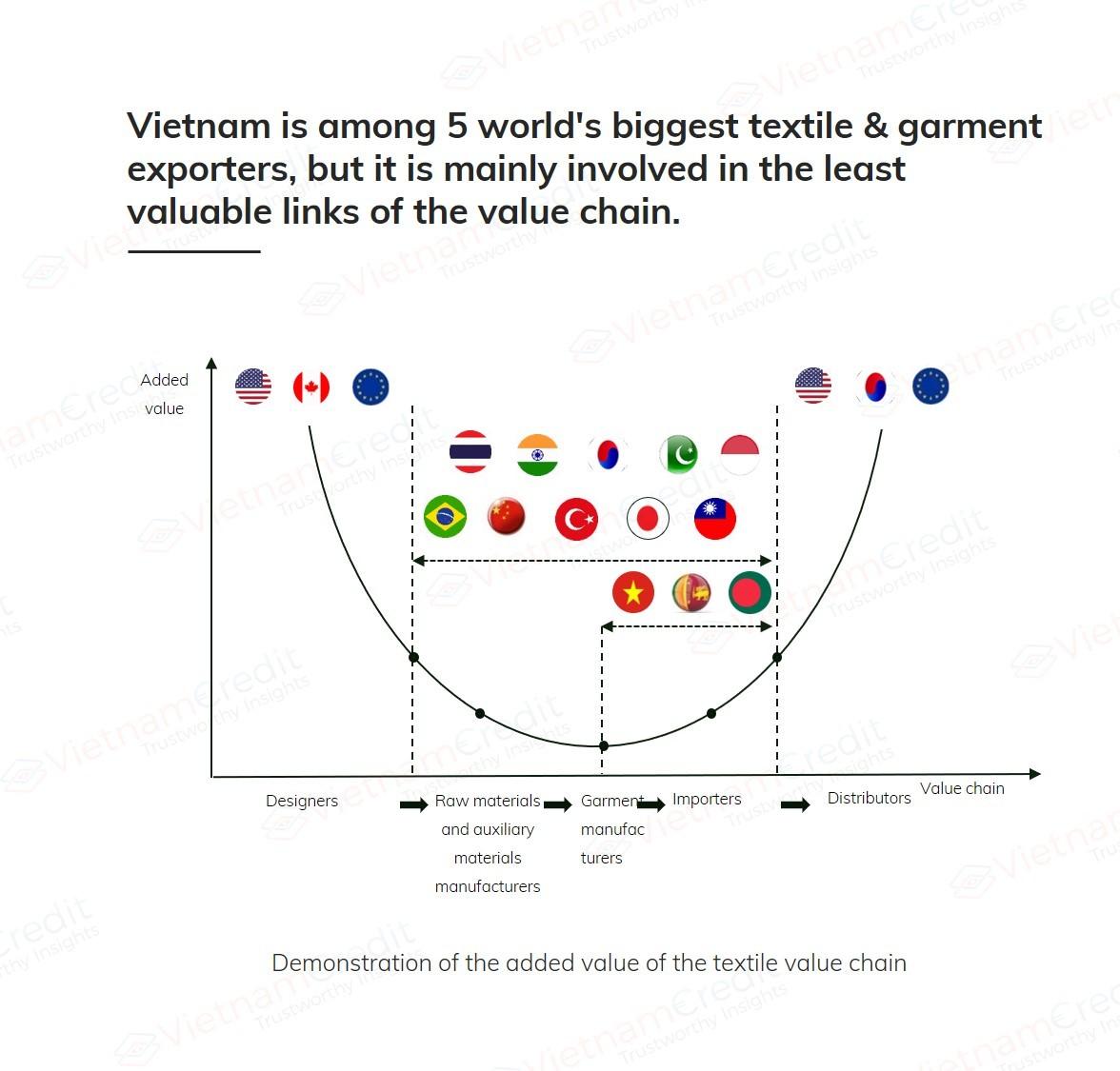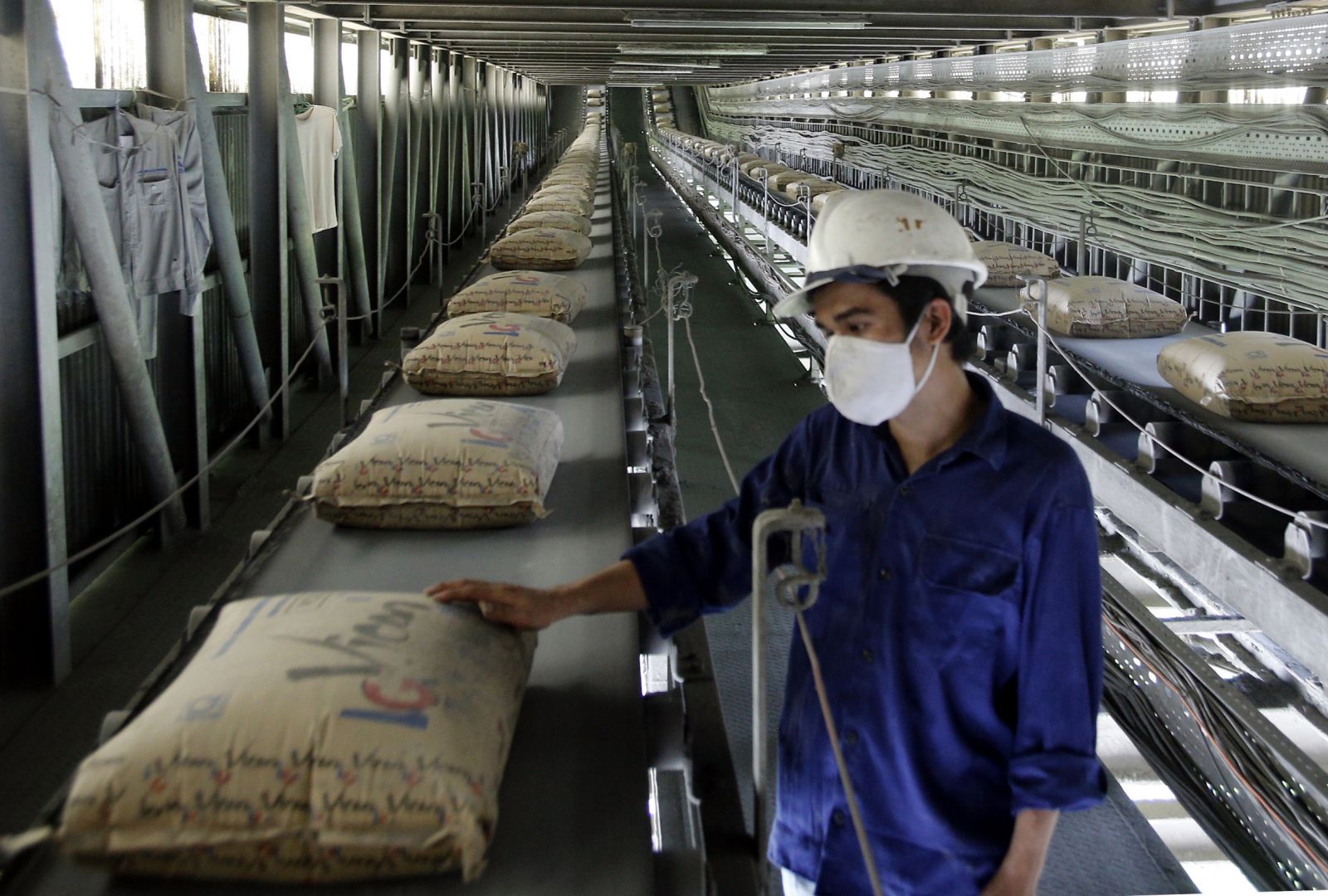Backward technology, labour-intensive and lack of innovation are creating barriers and major challenges for the textile industry ahead of the wave of the 4.0 industrial revolution.
Backward technology, labour-intensive and lack of innovation are creating barriers and major challenges for the textile industry ahead of the wave of the 4.0 industrial revolution.
Process is still dominant
Admittedly, the textile and garment industry has made many breakthroughs, contributed significantly to the balance of import and export of the country. Specifically, in 2017, the total export turnover of the whole sector reached over $US31 billion, an increase of more than 10% over 2016. In the first eight months of 2018, the textile and garment export turnover reached over $US23 billion, up 15% compared to the same period last year. Sector forecasts this year may reach $US35 billion. However, textile and garment exports are still based on low-cost core labour. Meanwhile, these points are no longer an advantage when the 4.0 industrial revolution with high automation technology is creating new production flow.
Design software for production
According to a survey by the Institute for Strategic Studies, the Ministry of Industry and Trade (MOCI), the garment sector has reached a high rate of using high technology equipment, especially software in product design, production accounts for about 20%; 70% of equipment has medium technology and 10% of low technology.
In the textile sector, most of the knitting equipment is of medium quality, but the technology used in knitting is low and medium. More than half of the knitting machines in the members of the Vietnam Textile and Garment Group have been in production for more than 15 years, degrading quality, large power consumption and low efficiency. Domestic knitting equipment accounts for over 55% of all knitting machines in Vietnam, but mainly flat knitting machines for wool, the number of circular knitting machines for weaving is very small, only about 6% and most of them are old machines, only to weave fabrics for the domestic market.
Quality and quantity have a gap
The current textile enterprises still meet the large orders but simple goods, fashion is not high. "In particular, the sector thrives on visual fashion but not on fashion sense, sustainable fashion, functional fashion and environmental fashion. Meanwhile, textile and apparel development is not commensurate with apparel and fashion. The textile science and technology strategy is not consistent with the trend of the world.
Cheap labour source is no longer an advantage
At the moment, Vietnam's garment products are competing with Bangladesh, Cambodia, Laos, Sri Lanka and Myanmar. And the tendency of outsourcing is shifting to countries with cheaper labour while the cost of Vietnamese labour is increasing. Therefore, when the 4.0 industrial revolution with high level of automation technology using robots in production are being applied more and more widely; The stages in production and circulation are also linked together through the internet, so the cost of management, design significantly reduced ...
In the upcoming time, the mode of production based on outsourcing with the cheap core labour that is gradually losing the advantage, businesses in the industry will compete fiercely. Therefore, textile and garment enterprises need to quickly improve their capacity to seize the opportunity and to stand firmly in the upcoming competitive and volatile market.
Reform to occupy the opportunity
Vietnam's textile export market is concentrating in the US, EU, Japan, South Korea, China, Canada, Southeast Asia. Of which, the United States is the main export market, accounting for nearly 40% of total turnover of textiles. Recently, the China-US trade war has broken out. In particular, US President Donald Trump has announced a list of nearly 6,000 items, including textiles, which will be subject to taxation in the $US200 billion package of Chinese goods. Thus, Vietnamese garment enterprises can look for opportunities when China's exports are taxed high.
However, Vietnam's textile and garment industry is also facing challenges as Chinese goods will seek to overwhelm the domestic market in various forms such as establishing export warehouses in border economic zones, establishing enterprises assembled in Vietnam to avoid taxes and then find export routes to the US ... So, Vietnamese enterprises need to improve their competitiveness to occupy opportunities and stand firmly in the competitive market.
Textile & Garment Industry innovation and modernization
Representative of the Ministry of Industry and Trade said that in order to provide timely support to businesses, the ministry is working out a roadmap for innovating and modernizing the textile and garment industry. When completing this roadmap, it will help enterprises have specific orientation in investment plan, application of new production technology.
In the immediate future, in order to adapt the new situation in the global textile supply chain, Vietnamese enterprises should move from processing (CMT) to raw materials, semi-finished products (FOB) and private label (ODM and OBM) to bring higher value in the supply chain. In addition, businesses must change and invest more strongly in equipment, as well as personnel.
Meanwhile, according to representative of Vietnam Textile and Garment Group, in order to ensure long-term growth, especially when cheap labour is no longer dominant, textile and garment industry must increase productivity, creates competitive advantage by approaching and applying advanced production technologies.
Enterprises should take the initiative in implementing solutions such as calling for foreign investment in the shortage of textile and garment sectors in order to minimize the import of raw materials, thus contributing to increasing the trade surplus. Establishing a supply chain, cooperating in the textile industry that is to reduce costs and improve the competitiveness of enterprises in the industry.
Read more: Be a wise entrepreneur in 4.0 industry























































